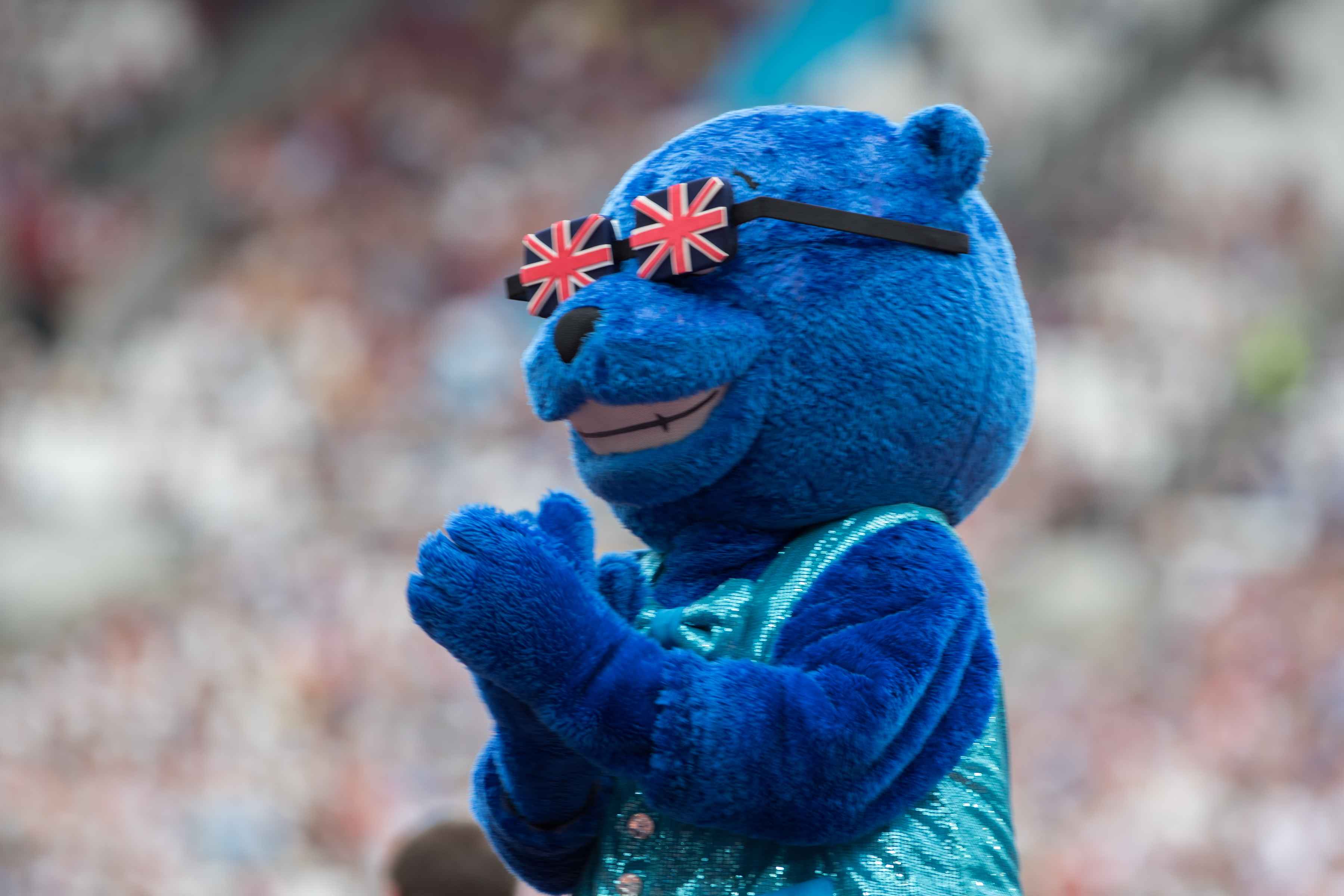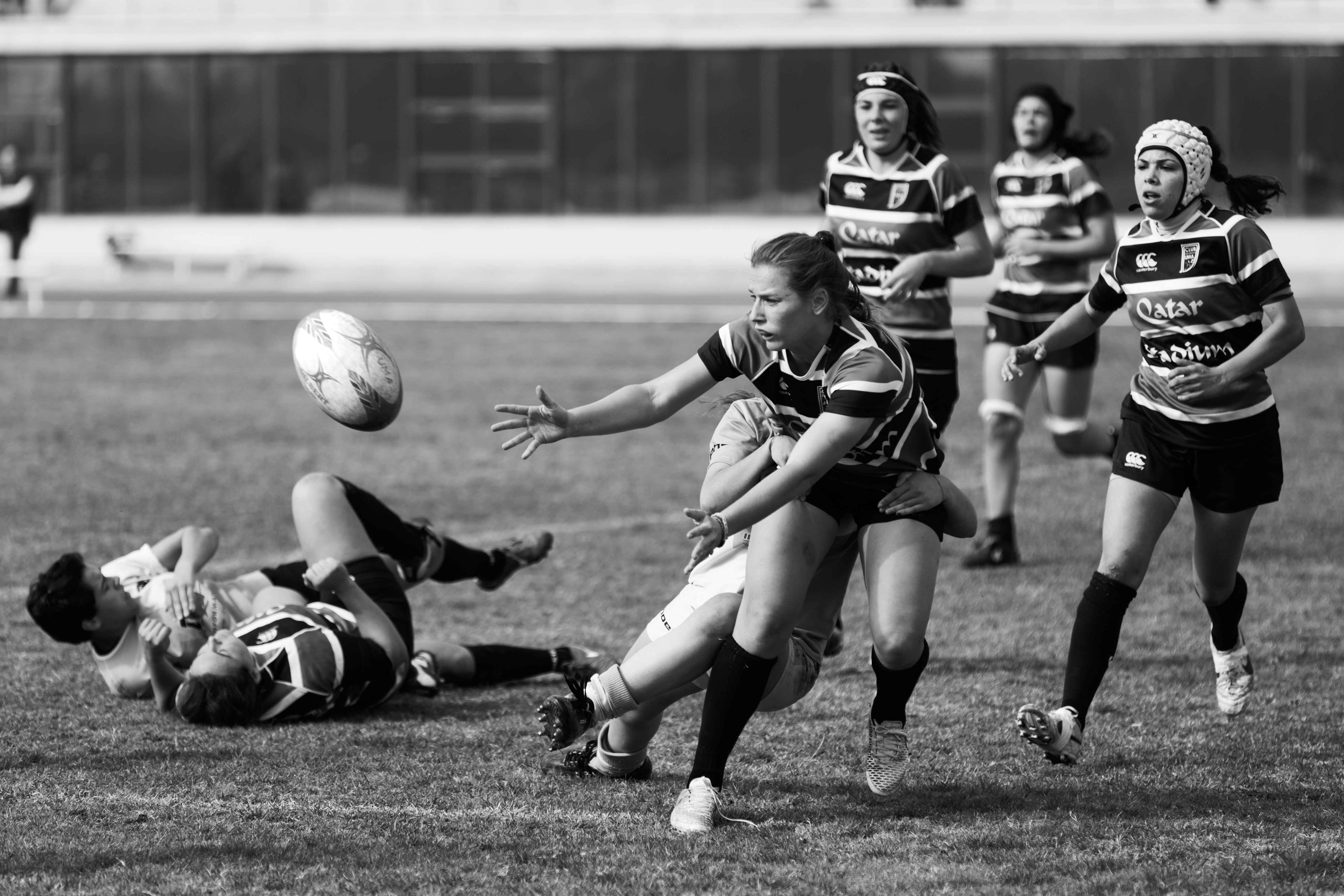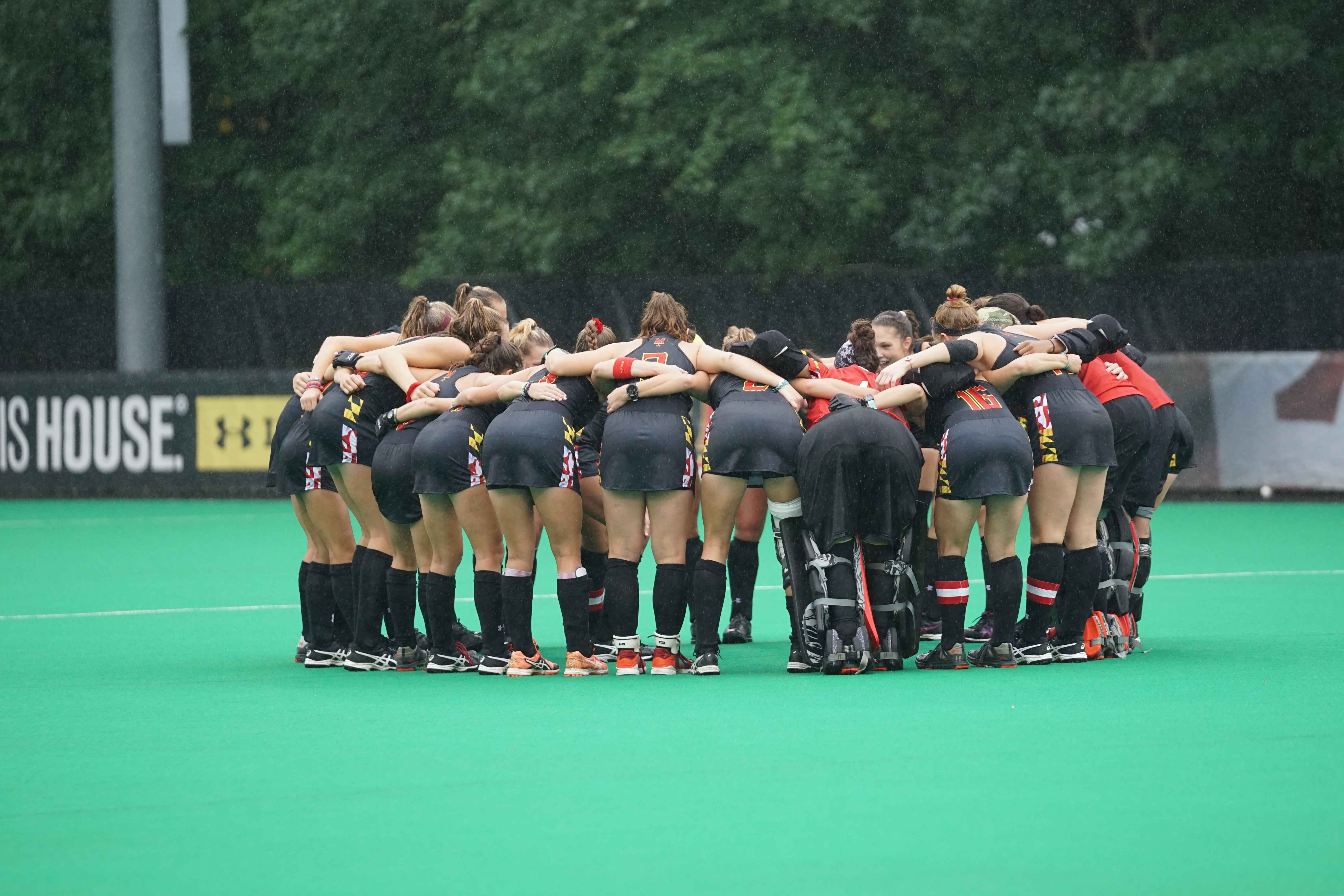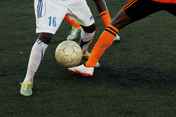What Constitutes Unacceptable, Reportable Behaviour?

Sport can become unenjoyable for athletes for many reasons, but if any of these are down to the behaviour of people in positions of responsibility within the sporting environment, a safeguarding/welfare issue may be present. It is important to note that safeguarding issues don’t always present as obvious abuse.
Below are some examples of different types of abuse as defined by World Athletics. These will be the same across all sports:
Psychological abuse
Behaviours include belittling, rejection, vilification, confinement, isolation, verbal assault, humiliation, intimidation, infantilisation. or any other behaviour that may diminish an individual’s sense of identity.
Physical abuse
Any intentional or unwanted act, for example, kicking, beating, biting or burning, which causes injury or physical harm. It can include the forced consumption of alcohol or systematic doping practices.
It can also be any forced or inappropriate physical activity, such as training, which is unsuitable for the age or physique of the athlete. Parents should become concerned if there seems to be a ‘win at all cost’ mentality.
Sexual abuse
Any conduct of a sexual nature, either contact (penetrative or non-penetrative) or non-contact, where consent is not given or cannot be given or is coerced or manipulated.
This can involve individuals looking at or making sexual images, watching sexual activities, encouraging others to behave in sexually inappropriate ways, or grooming a person in preparation for abuse.
Grooming
The process whereby an individual builds a relationship with a child, encouraging them to trust them so that the groomer can manipulate and exploit them for their own advantage. This is often accompanied by unofficial communications via social media and instant messaging.
Grooming an athlete’s family, entourage, and friends often leads those individuals to believe that the groomer is dependable and trustworthy, enabling the groomer to have access to the athlete. Grooming can take place online as well as in person.
Sexual harassment
Any unwanted or unwelcome conduct of a sexual nature, whether verbal, non-verbal or physical. Examples include unwanted or degrading intimate questions relating to body, clothes or one’s private life, jokes with sexual innuendo and proposals or demands for non-consensual sexual acts.
Exploitation
When someone exercises control over another person and/or their assets for their own “personal gain” and without the fully informed consent of the person. Personal gain may be psychological, reputational or commercial and constitutes exploitation when the rights of a person are sold or negotiated without express and fully informed consent of the other person.
Neglect
The failure to provide a minimum level of care, either physical or emotional, allows harm to be caused or creates an imminent danger of harm. Physically, this can include the failure to provide adequate water in high temperatures, adequate clothing in cold temperatures or failing to provide suitable food, accommodation or safe travel arrangements. Emotionally, it can include ignoring an athlete or disregarding their needs, etc.
Favouritism
With favouritism, there is the added danger that the athlete is being groomed in order to create the belief that the abuser is trustworthy and poses no threat. This then lowers the athlete’s guard (and possibly that of their parents, too). From this vulnerable position, abuse becomes more likely.
Exclusion
Intentional exclusion can seriously damage an athlete’s morale and confidence, especially when accompanied by the feeling that they will never be good enough to win that person's attention. These feelings can be multiplied when the athlete can see others receiving attention, praise, and support. This type of treatment can be psychologically damaging and is unacceptable.

Some of the not-so-obvious behaviours that can amount to safeguarding issues:
-
Unofficial offers of 1-1 training, sports massage, physio treatment, etc.
-
Comments about appearance or weight, i.e. body shaming.
-
Offers to provide transport to under 18s.
This is by no means a complete list of all behaviours that constitute safeguarding/welfare issues. For more detailed accounts, we recommend visiting your own sport’s governing body website, where, hopefully, you will find a sport-specific policy.
Signs to Look Out For
-
Differences in mood and behaviours.
-
Disturbed sleep, nightmares.
-
Changes to eating habits.
-
A reluctance to go to training.
-
Sudden loss of enjoyment in their sport.
Remember, these could also be signs of something other than a safeguarding issue, e.g. school bullying, friendship issues, etc.
How You Can Help
If you notice that something within your athlete’s sport is causing them to be unhappy, it is crucial to find out what it is. Many safeguarding issues can appear borderline, but any behaviour that causes harm or distress should be at least questioned.
It can sometimes be difficult to know what is and is not acceptable behaviour, but always follow your gut feeling. If something doesn’t feel or look right, again, question it.
As a parent, you entrust your child’s wellbeing and safety to the adults who hold positions of responsibility, e.g. a coach, especially when they are away from home. It is important to note that safeguarding and welfare issues can affect both school-aged athletes and (as in our case) university-aged student-athletes.
If your athlete is willing to talk, have conversations about their concerns. If a safeguarding issue has occurred and talking this through with you is not an option, we highly recommend they seek professional therapy to reduce the likelihood of long-term psychological problems.

Take Home Points
-
Safeguarding issues don’t always present as obvious abuse.
-
Look out for differences in mood and behaviours, disturbed sleep, and changes to eating habits.
-
A reluctance to go to training or a sudden loss of enjoyment in their sport can be an indication that something is not right.
-
If something within your athlete’s sport is causing them to be unhappy, it’s essential you find out what it is.
-
If something doesn’t feel or look right, question it.
Note: We have used the word ‘coach’ as a relatable example to represent anyone who performs/attempts abusive behaviours within a sporting context.
It’s crucial that both you and your athlete understand that the vast majority of coaches and support staff are genuine, lovely people who often give their time and expertise free of charge… and only want the very best for your young athlete.
If you've found this information helpful, we've created The Athlete Place, our athlete-specific platform that will inform, motivate and inspire your athlete...









0 comments
Leave a comment
Please log in or register to post a comment